Desert Rose Hermannia grandiflora (Klokkiebos, Ouma-se-kappie)
Order: Malvales. Family: Malvaceae
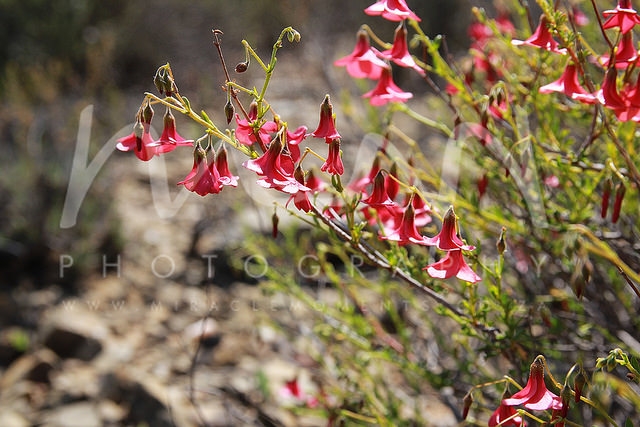
© Michael de Nysschen
Description
A mounding/spreading, perennial shrub, up to about 1 m high. The stems and branches are stiff and twiggy, giving it a rather open, sparse habit. The leaves are oblong-cuneate, glabrous (non-hairy), toothed, olive green, and 5–15 mm long. During particularly dry weather in summer, it sheds its leaves and goes into a state of dormancy until the next rains, after which the leaves soon re-appear. The flowers are bright salmon-red to pink and pendulus (hanging), with the opening of the flower facing downwards. Each flower has five petals which overlap one another and flare at the opening to form the shape of a trumpet. There are two flowers per inflorescence which appear at every node on terminal branch tips and are resinous/sticky to the touch at the base. The flowers have a sweet fragrance. The fruits are small, cylindrical, oblong capsules without horns, 3–6 mm long, which dry to release tiny, hard brown seeds the size of coarse sand.
Distribution
Namibia and South Africa (Eastern Cape, Northern Cape, Western Cape). Mainly north of the Swartberg and into the south and central Great Karoo.
Habitat
On stony clay soils in the summer rainfall regions, from 300 to 1400 m.
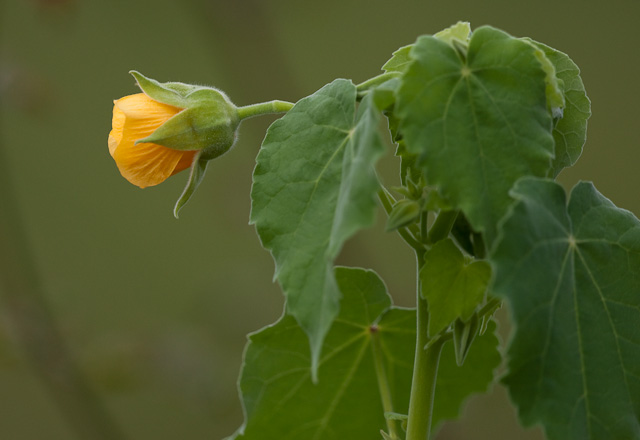 © Kesheshe
© Kesheshe


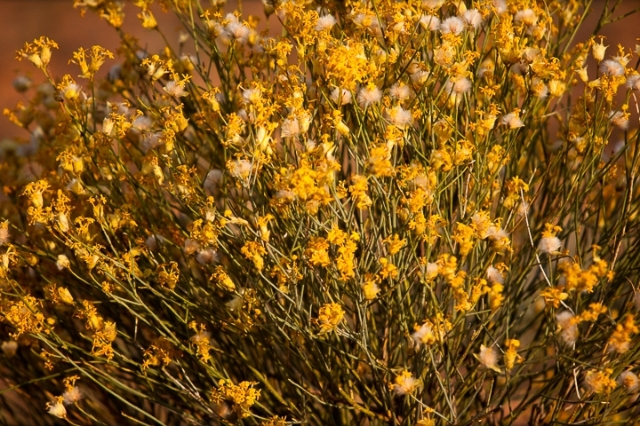 © Kesheshe
© Kesheshe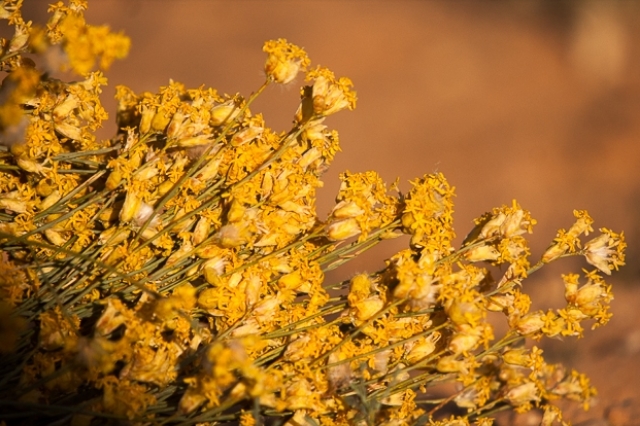 © Kesheshe
© Kesheshe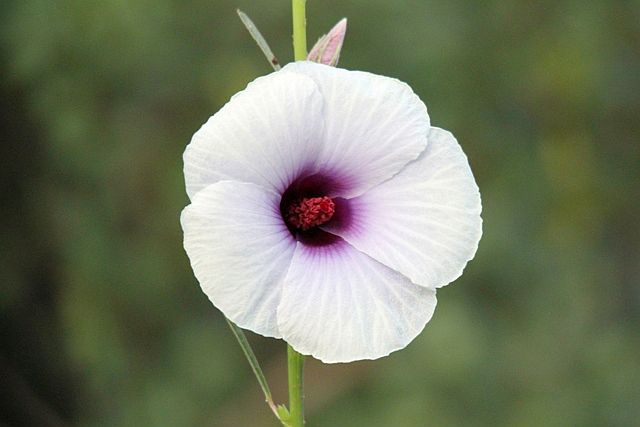 © pooky
© pooky © Michael de Nysschen
© Michael de Nysschen © Michael de Nysschen
© Michael de Nysschen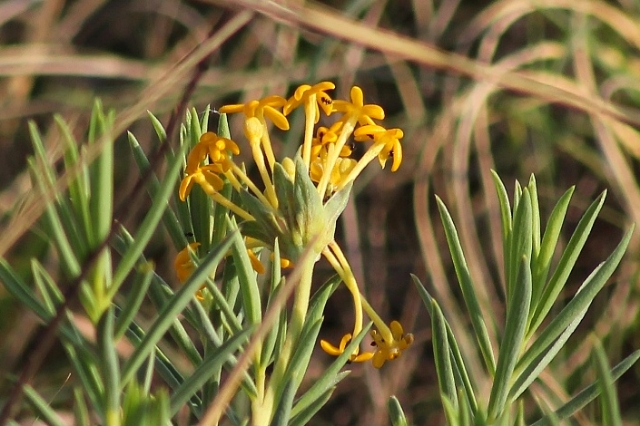 © Amoli
© Amoli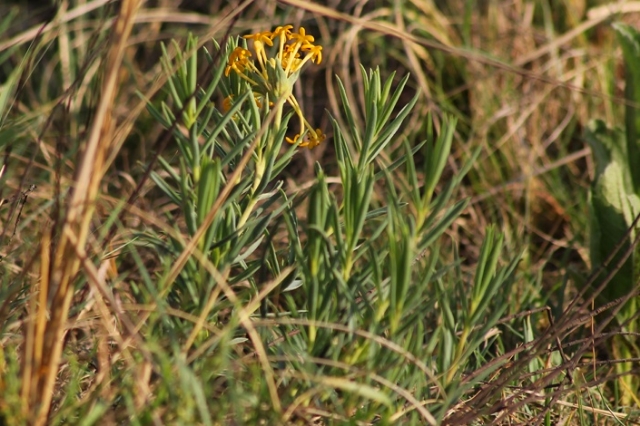 © Amoli
© Amoli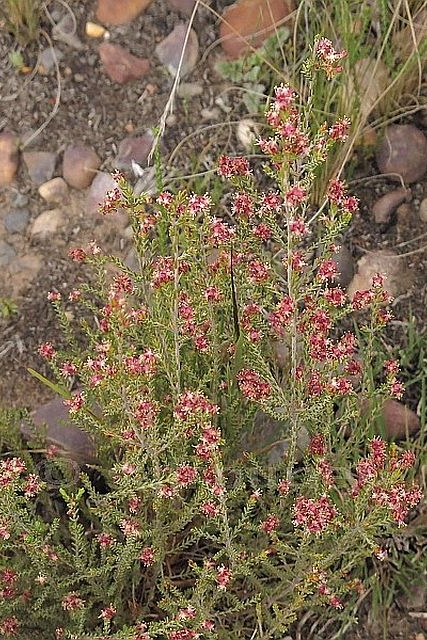 © nan
© nan © nan
© nan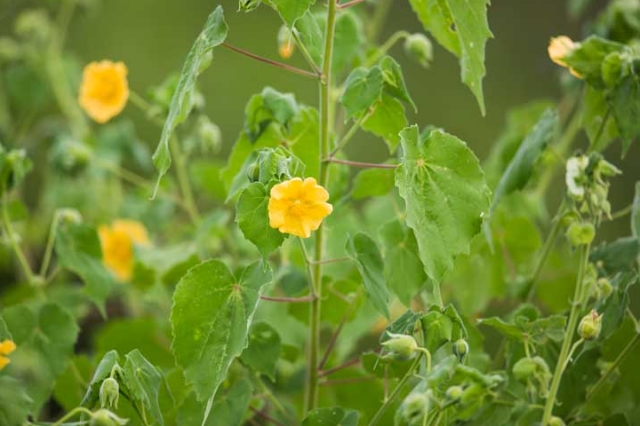 © Pumbaa
© Pumbaa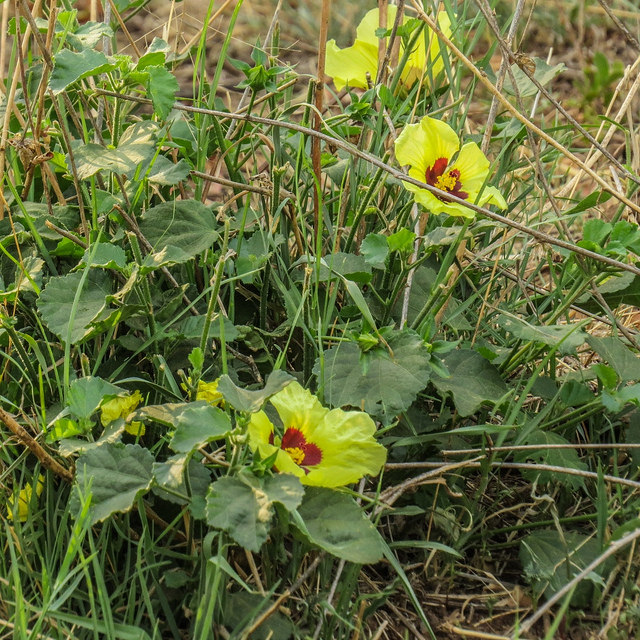 © steamtrainfan
© steamtrainfan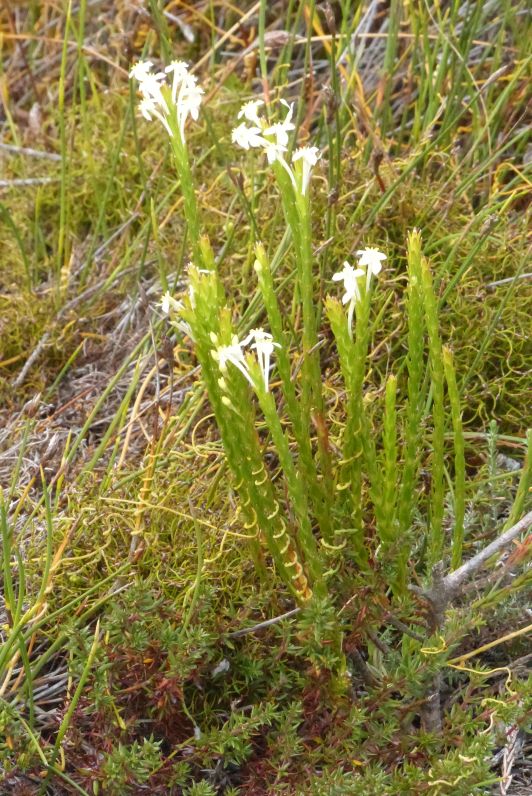 © arks
© arks © arks
© arks